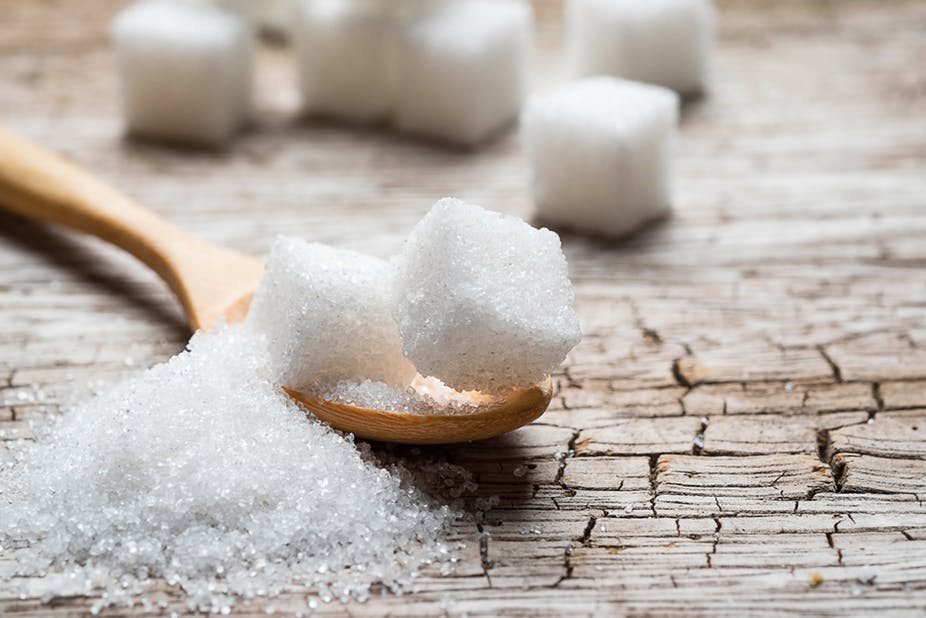An Overview of the Global Sugar Industry

The global sugar industry includes the production, processing, and marketing of sugars. Presently, around 110 countries manufacture sugar from sources like sugar cane or beet, and eight out of these countries produce from both sources. The leading sugar-producing countries include Brazil, India, China, Thailand, The United States of America, Pakistan, Mexico, The Russian Federation, France, and Germany.
Sugar is consumed globally and readily available in various retail stores and supermarkets/hypermarkets, among others. The industry is unsusceptible to any fluctuations in the economy and has witnessed constant growth over the past few years. Sugar is an essential ingredient in various sectors, such as food and beverage, pharmaceutical, and skincare.
Request Access For Regular Price Update of Sugar
The Factors Driving and Restraining the Growth of the Global Sugar Industry
The favourable weather conditions for high productivity in cane cultivation support the industry’s growth. The global demand for sugar in various industries and households due to population growth, urbanisation, rise in disposable incomes, and change in the consumption patterns of the consumers are rapidly increasing, resulting in its consistent demand in the future.
Furthermore, newer product launches in the sector, expansion of the industry in EU and regional preferential markets, and the regional demand for the commodity are expected to create growth opportunities for the market in the future.
However, the market can be affected by the challenges like volatile prices of the product, which can lead to losses for the producers. In addition, the various government interventions to reduce sugar intake due to health concerns related to sugar consumption are expected to impact the market negatively.
Furthermore, inefficient infrastructure and public utilities with high transportation costs can challenge the industry. Also, growing concerns over the sustainability of the environment, such as air pollution, can hinder the market’s expansion.
Read More About Raw Sugar Production Cost Reports - REQUEST FREE SAMPLE COPY IN PDF
Voluntary Sustainability Standard (VSS) Sugar
The recent development in the market is the recent proliferation of voluntary sustainability standards (VSS) among sugarcane fields and mills, albeit at a languid pace.
Earlier, VSS was essentially absent but, in 2016, VSS-compliant sugarcane accounted for 3.2% of the market, 0.1% of sugarcane that was theoretically VSS-compliant, and 96.7% of conventional sugarcane production. Most VSS-compliant sugarcane is produced in Latin America, notably Argentina, Brazil, Costa Rica, and Paraguay, with significant volumes also coming from Australia, India, and Malawi.
Health Concerns on the Rise:
The rising health concerns due to increased sugar intake resulted in various government regulations, reduced corporate procurement, and adjusted consumer preferences. Therefore, organisations such as the Organisation for Economic Co-operation and Development (OECD) and the Food and Agriculture Organization of the United Nations (FAO) foresee that between 2018 and 2027, sugarcane production will expand at a measured rate of 1.1% per year from 2018 to 2027, compared to 2.1% per year over the previous decade. On the other hand, sugar consumption is predicted to increase at a rate of 1.60% annually, achieving a retail market value of USD 63.7 billion in 2024.
REQUEST FREE SAMPLE of Sugar Industry Report
Conclusion:
- According to organisations such as the Organisation for Economic Co-operation and Development (OECD) and the Food and Agriculture Organization of the United Nations (FAO), sugarcane production will expand at a measured rate of 1.1% per year between 2018-2027, compared to 2.1% per year over the last decade. The consumption will grow at 1.60% per year, reaching a retail market worth USD 63.7 billion in 2024.
- Most VSS-compliant sugarcane is made in Latin America, especially in Argentina, Brazil, Costa Rica, and Paraguay, with significant volumes coming from Australia, India, and Malawi.
- The industry is expected to expand, supported by good climatic conditions and other factors, such as population increase, urbanisation, rising disposable incomes, and changing consumer consumption patterns. In addition, new product launches in the sector, expansion of the industry in EU and regional preferential markets, and regional demand for the commodity are expected to drive the market growth.
- Despite the following factors, difficulties, such as variable product pricing resulting in losses for producers, government attempts to curb sugar consumption due to sugar-related health concerns, inefficient infrastructure, and public utilities, and high transportation costs might be a challenge for the sector.
About Author:
|
Prakhar Panchbhaiya Senior Content Writer at Procurement Resource Prakhar Panchbhaiya is an accomplished content writer and market research analyst. With over 4 years of experience in content creation and market analysis encompassing many industries, including pharmaceuticals, nutraceuticals, biochemistry, healthcare, ed-tech, and Food & Agriculture, he has been creating quality content for multiple sectors. He is a Biochemistry major with sturdy backing in a PG diploma in digital marketing, helping in the exhaustive content creation based on extensive research and competitive marketing. |

COMMENTS (0)